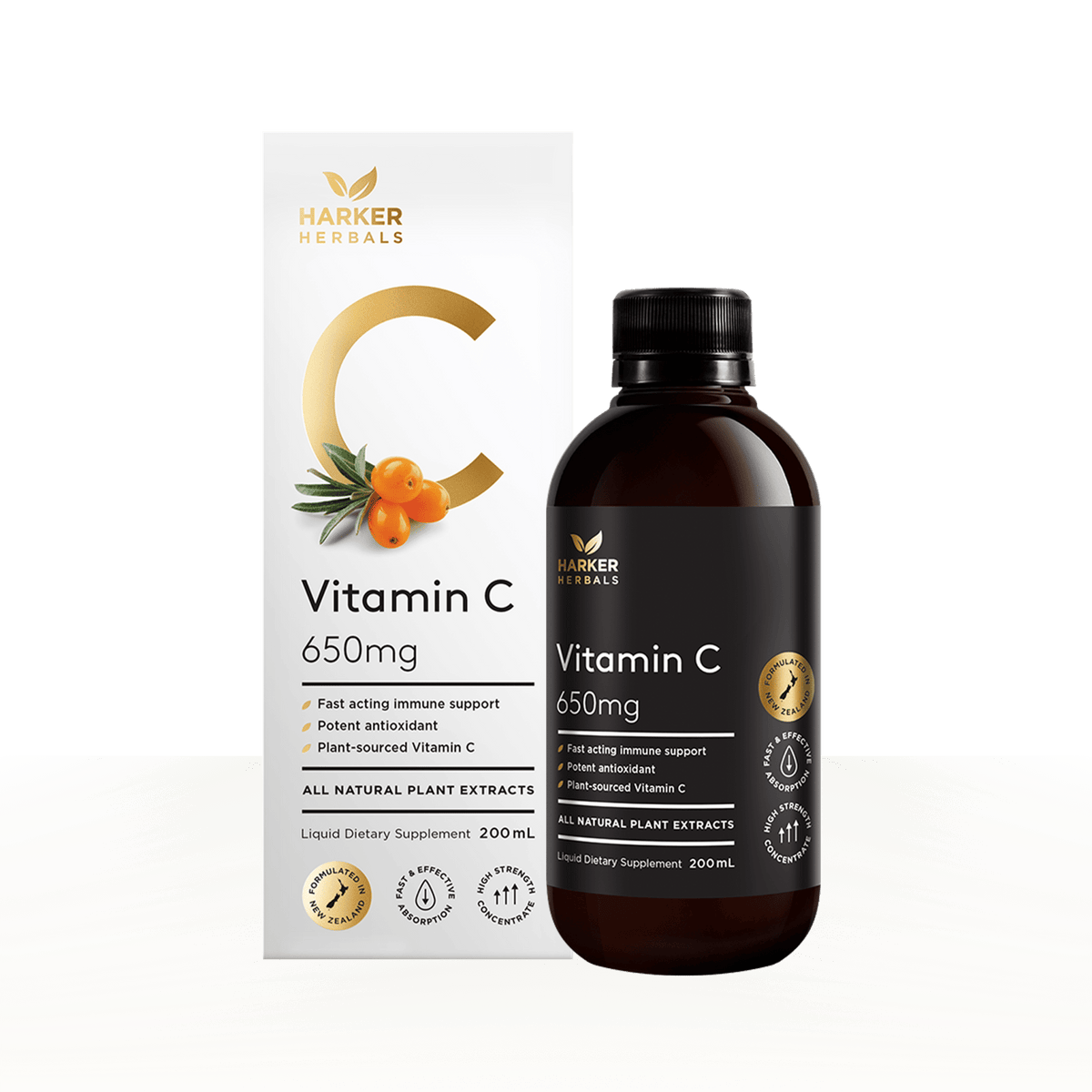Celtic salt, Himalayan salt or Table salt: What’s best for your health?

Salt is more than just a seasoning. The type you choose can impact your health in surprising ways. While table salt is common in most kitchens, more people are turning to natural, unprocessed salts such as Celtic Sea salt and Himalayan pink salt for their flavour, mineral content, and potential health benefits.
The mineral gap in New Zealand diets
New Zealand’s volcanic and glacial soils are geologically young and heavily leached by rainfall. This means they are naturally low in certain minerals, particularly iodine, selenium, and sometimes zinc. As a result, the fruits, vegetables, and grains grown here can have lower levels of these essential micronutrients than those from other parts of the world.
This makes it even more important to include mineral-rich foods, and salts, in the diet to help bridge the gap.
What does “Celtic” mean in Celtic Sea salt?
“Celtic” refers to the traditional salt-harvesting method developed on the coastal plains of Brittany, France, a region with strong Celtic heritage. Using wooden tools, salt farmers guide seawater into shallow clay ponds where it is evaporated by the sun and wind. The result is a moist, mineral-rich salt with a natural grey hue from the clay beds.
Harker Herbals Celtic & New Zealand sea salt blends hand-harvested Celtic salt with pure New Zealand sea salt, naturally iodised with deep-water kelp, giving you the benefits of both traditions.
Why Celtic & New Zealand Sea salt stands out
Celtic & New Zealand sea salt delivers 84 essential minerals and trace elements, including iodine, magnesium, calcium, potassium, and zinc. These nutrients are all vital for healthy adrenal, immune, and thyroid function.
Celtic & New Zealand Sea salt vs Himalayan salt
Himalayan pink salt is also naturally sourced and contains a range of minerals. However, it typically has lower iodine levels than Celtic salt and lacks the naturally added kelp component. Celtic salt’s moist texture and greyish colour come from mineral-rich clay beds, while Himalayan salt’s pink colour comes from iron oxide. Both are healthier options than refined table salt, but Celtic Sea salt’s iodine content makes it particularly beneficial for thyroid and hormonal health, especially here in New Zealand where iodine intake can be low.
Why table salt falls short
Refined table salt is heavily processed, stripping away most of its minerals. It is typically 97–99% sodium chloride with added anti-caking agents and, in some cases, synthetic iodine. Overconsumption of sodium without the balancing effect of other minerals can contribute to high blood pressure and fluid retention.
The bottom line
Switching from refined table salt to a mineral-rich, natural salt such as Celtic Sea & New Zealand salt or Himalayan salt can support better nutrient absorption, balanced electrolytes, and overall wellness. For an extra boost in iodine and a clean, full-bodied flavour, Celtic & New Zealand sea salt is a smart choice for everyday cooking and a simple way to help close the mineral gap in the New Zealand diet.









